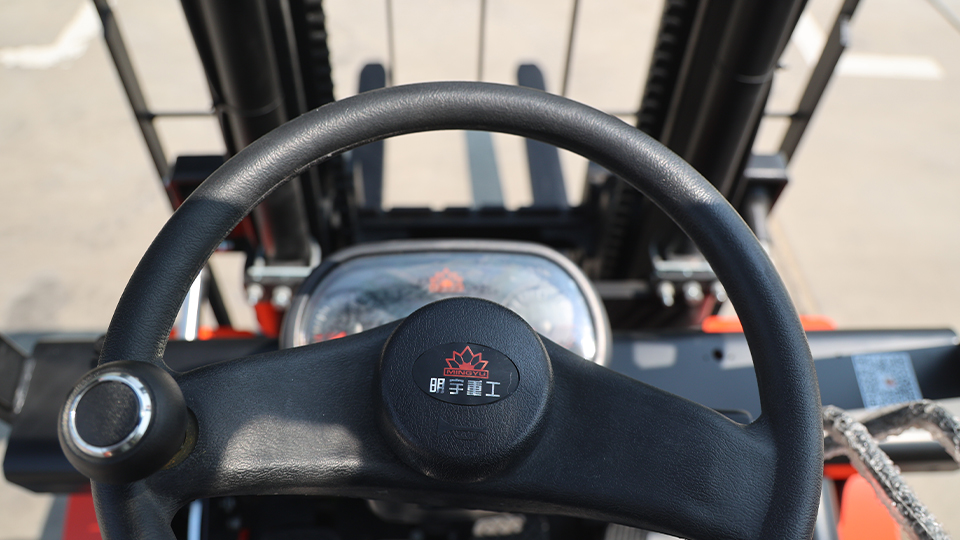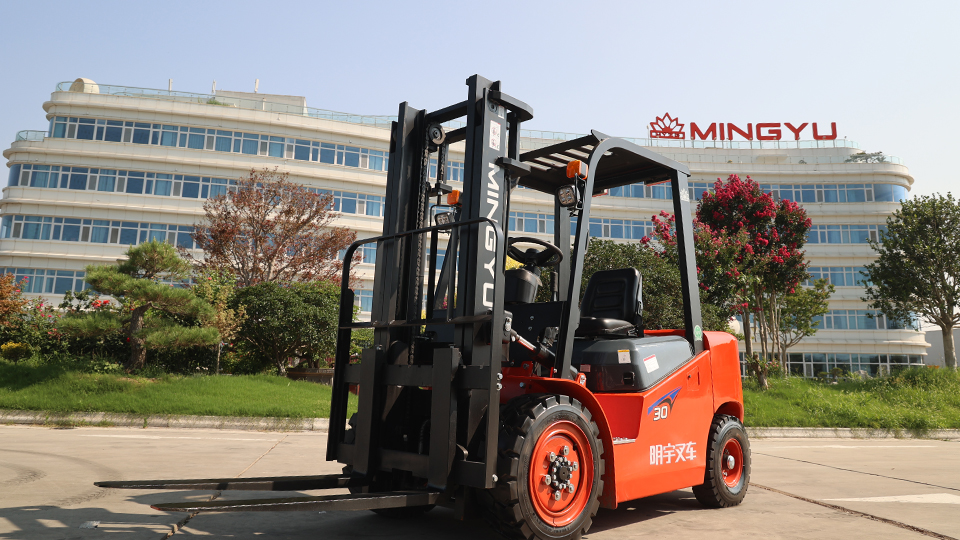
Forklifts are essential tools in many industries, but their operation carries inherent risks. Accidents involving these powerful machines can result in serious injuries and even fatalities. While various factors contribute to forklift accidents, operator error consistently emerges as the most common cause. This article delves into the primary reasons behind operator error, explores the consequences of these accidents, and emphasizes the importance of comprehensive training and safety protocols.
Understanding the Scope of the Problem
According to the Bureau of Labor Statistics (BLS), forklift accidents are a significant concern in the workplace. OSHA regulations pertaining to powered industrial trucks (PITs) exist for a reason; these machines are powerful and dangerous when misused. It is very important to recognize the frequency that accidents occur.
Operator Error: The Dominant Factor
While equipment malfunctions and environmental hazards play a role, a substantial majority of forklift accidents can be attributed to operator error. This encompasses a range of actions and inactions, including:

Inadequate Training:
Lack of proper training is a critical factor. Operators may not fully understand the forklift's capabilities, limitations, and safety features.
Insufficient practical experience can lead to poor judgment and incorrect maneuvers.
Failure to understand and follow OSHA regulations can result in hazardous practices.
Reckless Operation:
Speeding, aggressive turning, and sudden braking can cause the forklift to become unstable and overturn.
Improper load handling, such as overloading or uneven weight distribution, can lead to loss of control.
Operating the forklift under the influence of drugs or alcohol significantly impairs judgment and reaction time.
Distractions:
Cell phone use, conversations, and other distractions can divert the operator's attention from the task at hand.
Mental fatigue also creates a form of distraction.
Poor Judgment:
Failing to assess the work environment for hazards, such as uneven surfaces, obstructions, or pedestrians, can lead to accidents.
Underestimating the weight or dimensions of a load can result in improper handling and instability.
Failure to perform adequate pre-operation inspections.
Failure to follow safety protocol:
Bypassing safety systems, and not using provided safety equipment.
Consequences of Forklift Accidents
Forklift accidents can have severe consequences, including:
Injuries and Fatalities:
Pedestrians, coworkers, and the forklift operator themselves can sustain serious injuries, such as broken bones, crushing injuries, and internal trauma.
In the worst-case scenario, forklift accidents can result in fatalities.
Property Damage:
Collisions with racks, walls, and other equipment can cause significant property damage.
Damage to the forklift itself can result in costly repairs and downtime.
Financial Losses:
Accidents can lead to workers' compensation claims, lawsuits, and increased insurance premiums.
Lost productivity and downtime can also result in significant financial losses.
OSHA Violations:
Employers who fail to provide adequate training and maintain a safe work environment can face hefty OSHA fines.
Preventing Forklift Accidents: A Multifaceted Approach
Preventing forklift accidents requires a comprehensive approach that addresses operator error and other contributing factors:
Comprehensive Training:
Employers must provide thorough training that covers all aspects of forklift operation, safety procedures, and OSHA regulations.
Training should include both theoretical knowledge and practical hands-on experience.
Refresher training should be provided regularly to reinforce safety practices.
Strict Enforcement of Safety Protocols:
Employers must establish and enforce strict safety protocols, including speed limits, load handling procedures, and pedestrian safety guidelines.
Regular safety audits and inspections should be conducted to identify and address potential hazards.

Clear communication of safety rules is required.
Regular Equipment Maintenance:
Regularly inspecting and maintaining forklifts is essential to ensure they are in safe operating condition.
Pre-operation inspections must be enforced.
Any equipment malfunctions should be addressed promptly.
Workplace Design and Traffic Management:
Designing the workplace to minimize traffic congestion and create clear pathways for forklifts and pedestrians is crucial.
Implementing traffic control measures, such as signs, barriers, and designated pedestrian walkways, can help prevent collisions.
Adequate lighting of work areas.
Promoting a Safety Culture:
Creating a culture of safety where employees are encouraged to report hazards and concerns is essential.
Employers should demonstrate a commitment to safety and provide employees with the necessary resources and support.
The Role of Technology
Technology can also play a role in preventing forklift accidents:
Telematics Systems:
Telematics systems can monitor forklift operation and provide data on speed, impact, and other parameters.
This information can be used to identify unsafe operating practices and provide targeted training.
Collision Avoidance Systems:
Collision avoidance systems use sensors to detect obstacles and alert the operator to potential hazards.
These systems can help prevent collisions with pedestrians and other objects.
Conclusion
Operator error is the most common cause of forklift accidents, highlighting the critical importance of comprehensive training and safety protocols. By addressing the factors that contribute to operator error, employers can significantly reduce the risk of accidents and create a safer work environment. Continual safety education and emphasis is required for any work environment utilizing forklifts.
Name: selena
Mobile:+86-13176910558
Tel:+86-0535-2090977
Whatsapp:8613181602336
Email:vip@mingyuforklift.com
Add:Xiaqiu Town, Laizhou, Yantai City, Shandong Province, China